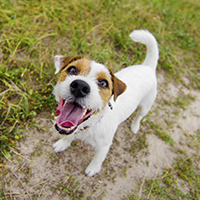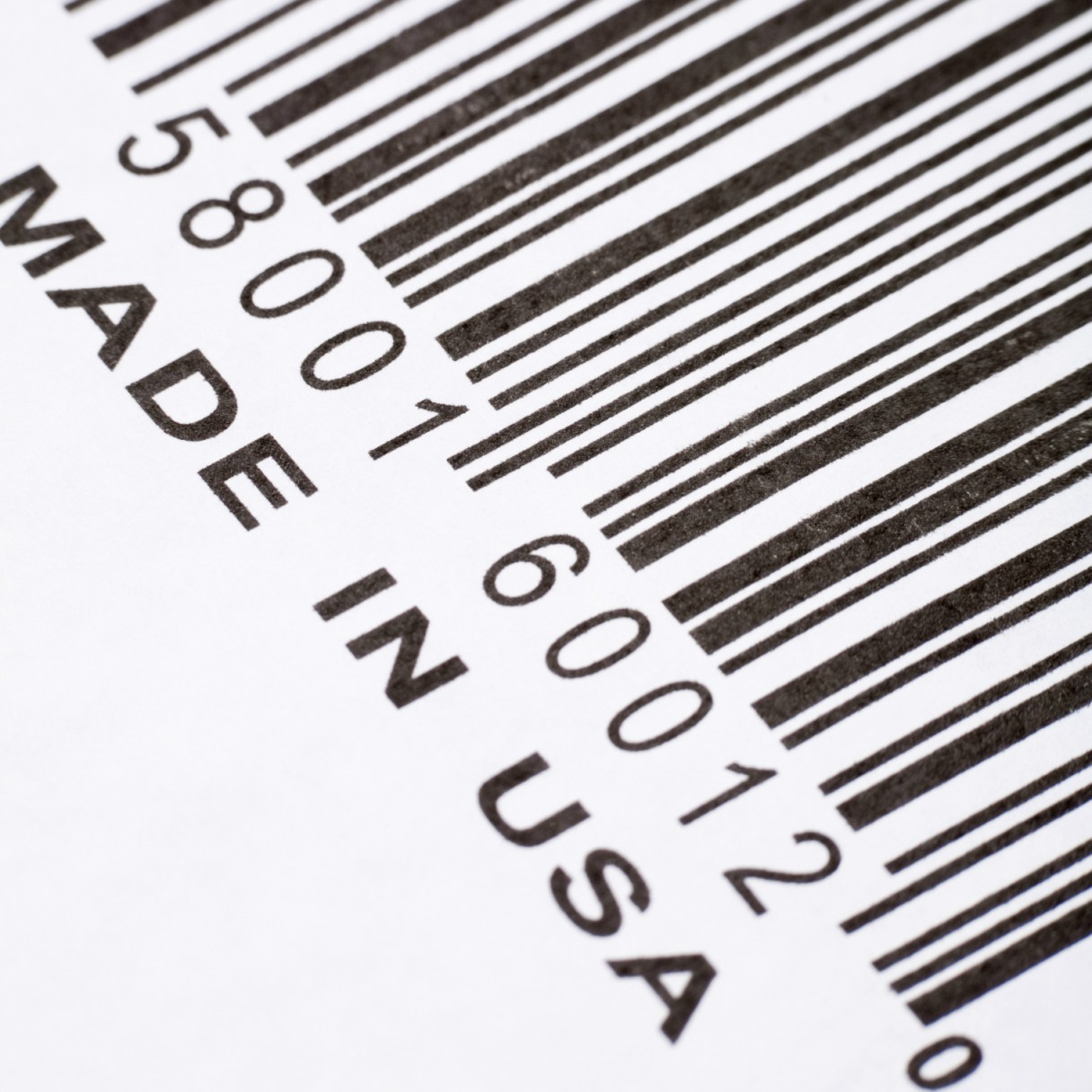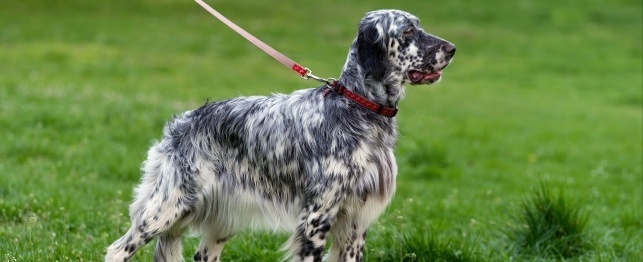Remember the classic Clint Eastwood film The Good, the Bad and the Ugly? I was thinking about it the other day as a way to explain Priobiotics.
Essentially, Probiotics refers to various types of live bacteria that swirl around inside our bodies and act positively inside our digestive track (The GI Track for Gastrointestinal) and other places. And we need Probiotics to help stimulate the digestive flora that line the wall of the intestines - which in turn allows our bodies to suck out all the remaining essential nutrients from food and make vitamins.
So the film analogy works because inside our bodies there are Good Bacteria, Bad Bacteria and they all exist in some of the Ugliest places.
So what's all the fuss about Probiotics and what does it mean for your pet? Well things like stress, anxiety, diet and medication can upset the balance of bacteria that are operating and create minor problems such as diarrhea or gas.
The two main beneficial bacteria for dogs are Lactobacillus acidophilus and Enteroccocus faecium (previously known as Streptoccocus faecium). These Good bacteria can out-compete some of the Bad bacteria such as Escherichia coli (E-coli) and prevent them for colonizing inside the GI track (Ugly). In addition, L. Acidophilus and E. Faecium produce lactic acid. Lactic acid in turn stimulates the development of L. Acidophilus and E. Faecium and increases the acidity in the large intestine, which is unfavorable for some pathogenic bacteria and good for increased enzyme activity.
Probiotics are believed to be useful in improving digestion and are reputed to help improve immune function. Adding probiotics to your dog's diet may be most useful if your dog (1) has had antibiotic treatment (2) has changed to a new food (3) has a food allergy (4) has inflammatory bowel disease (5) is a senior animal or puppy.
Probiotics live in the large intestine for the most part. For a probiotic to be effective it needs to get to the GI track and that means surviving the ultra acidic environment of the stomach, then passing through the small intestine and into the large intestine. And all this means that you need millions and millions of bacteria, a kinda of survival of the fittest and numbers rule!
Okay. So this means when you go to buy pet probiotics you have to check the label. Dogs need to consume billions of bacteria to ensure that most will live and act inside the GI tract. Thus on the label, manufacturers express the number of live bacteria as a measure of colony-forming units or CFU per gram of probiotic.
When looking to purchase a probiotic, look for a product that has billions of CFU per gram. You may see this reported in scientific notation. For example, one million probiotic bacteria may be reported as 1 x 106 CFU and 1 billion may be reported as 1 x 109 CFU.
When choosing a product that claims probiotic presence, consider the following criteria (1) the list of ingredients should identify the positive bacteria species that is being used such as L. Acidophilus and E. Faecium (2) The label should guarantee the number of CFU in millions or billions per gram. (3) It should be a product that is specifically designed for dogs. (4) finally watch out for shelf life and other store conditions such as excessive heat or cold. You're dealing with bacteria so over time they die and certain types of bacteria strains loose their effectiveness.
In summary the scientific literature hasn't exactly come down definitively on probiotics good or bad but one thing we know for certain is that they are unlikely to cause any harm to your pet. Always check with your vet though just to be sure especially if your pet has just come off an immune challenge or from surgery.
- 30 -
by William Greenbaum, aka love ya woof!

 Reasons Why Dogs Eat Poop and How to Stop It
Of all the repulsive habits our can
Reasons Why Dogs Eat Poop and How to Stop It
Of all the repulsive habits our can
 Four Tips For Choosing Edible Dog Chews
Dogs love to chew, and if you don’t give them an edible alte
Four Tips For Choosing Edible Dog Chews
Dogs love to chew, and if you don’t give them an edible alte
 6 Springtime Safety Tips for Dogs
6 Springtime Safety Tips for Dogs
6 Springtime Safety Tips for Dogs
6 Springtime Safety Tips for Dogs
 What Your 8-Week-Old Puppy Needs
What Your 8-Week-Old Puppy Needs
What Your 8-Week-Old Puppy Needs
What Your 8-Week-Old Puppy Needs
 Protecting Your Dog During Hunting Season
Protecting Your Dog During Hunting Season
Protecting Your Dog During Hunting Season
Protecting Your Dog During Hunting Season